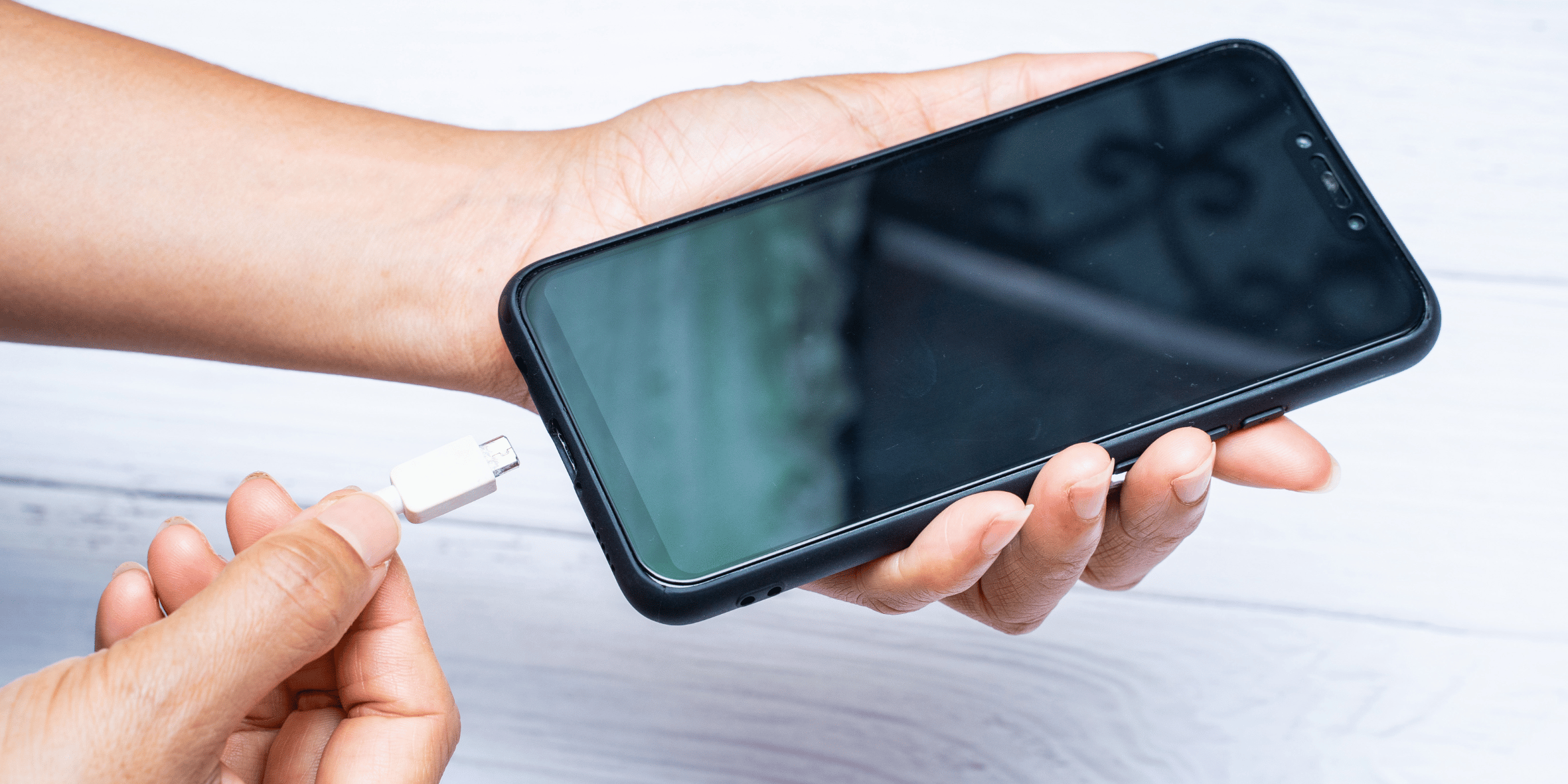Why Is My Phone's Charging Port Loose? Common Causes Explained
A loose charging port might seem like a small annoyance at first. However, if left unchecked, it can snowball into bigger problems like inconsistent charging, rapid battery drain, or even internal hardware failure. As one of the most common issues our technicians see at My Mobile Spot, this guide covers everything you need to know—from diagnosis to professional solutions.
We draw on our direct experience repairing hundreds of devices across our repair service categories to provide practical advice. Because this issue can affect your phone's functionality, data integrity, and overall device longevity, it falls under YMYL (Your Money or Your Life) principles. Let’s explore this common issue in depth.
What Causes a Loose Charging Port?
1.1 Repeated Plugging and Unplugging
Daily charging puts strain on the port. Over time, the internal pins and plastic components start to loosen or wear out, resulting in a wobbly connection.
1.2 Using Non-Certified Cables
Low-quality or incompatible cables often don’t fit correctly, damaging the port's inner pins. According to a Consumer Reports article, non-certified chargers are responsible for nearly 30% of hardware port damage cases.
1.3 Lint, Dirt, and Debris
Debris build-up prevents the charging cable from inserting all the way. Over time, this creates false impressions of looseness. You can try using compressed air, but a professional cleaning at My Mobile Spot is often safer.
1.4 Drops and Physical Impact
A fall, especially when the charger is plugged in, can bend or break the connector or damage the soldered port inside the device’s motherboard.
1.5 Internal Component Wear
Some phones (especially older or budget models) use plastic framing around the port. Once that wears or warps, the port becomes unstable.
How to Diagnose a Loose Charging Port
2.1 Signs Your Port Might Be Loose:
Cable falls out easily
Charging is intermittent
You must hold the charger at a certain angle
Phone heats up while charging
Visible damage or warping around the port
2.2 Tools You Can Use:
Magnifying glass
Compressed air
Plastic toothpick or SIM card tool
Gently inspect the port and try different cables. If the issue persists across multiple accessories, it’s likely internal damage.
For more accurate testing, visit My Mobile Spot's diagnosis team for a no-obligation inspection.
Cleaning and Minor Fixes You Can Try
3.1 Clean Out Lint and Dust
Use compressed air or a plastic tool (never metal) to gently remove debris.
3.2 Test Multiple Charging Cables
Try certified cables that fit snugly. A faulty cable can make it seem like the port is loose.
3.3 Reset Charging Settings
Sometimes, a software reset can recalibrate your phone's power delivery logic. Go to settings > battery > reset charging parameters.
Note: If you are unsure, avoid poking around inside the port. You may damage fragile pins or worsen the issue.
When a Loose Port Becomes a Serious Problem
4.1 Damage to Internal Board
When the port detaches from the motherboard, it can cause:
No charging at all
Short circuits
Battery damage
This level of repair usually requires soldering and microsoldering expertise—available at My Mobile Spot.
4.2 Data Transfer Disruption
A loose port doesn’t just affect power—it also impacts USB data transmission. Backups might fail or file transfers could get corrupted.
4.3 Device Longevity
Wiggling the port often increases wear. This can shorten your phone’s lifespan.
Professional Repair Options at My Mobile Spot
We handle charging port repairs for all major brands, including:
5.1 What to Expect:
Free diagnostics
Quality OEM parts
Same-day turnaround for common models
5.2 Additional Services:
Water damage evaluation
Motherboard microsoldering
Data recovery and transfer
Book a repair through our contact form or explore how it works.
Preventing Charging Port Damage
6.1 Use the Right Cables
Always go with MFi-certified (Apple) or OEM chargers. Avoid off-brand accessories.
6.2 Don’t Use Phone While Charging
This adds stress to the port. Place your device on a stable surface while charging.
6.3 Avoid Overcharging Overnight
Unplug after full charge. This reduces unnecessary wear on the port and battery.
6.4 Clean Ports Monthly
Use compressed air or professional cleaning to avoid dust buildup.
DIY vs. Professional Repair
DIY repairs may seem tempting, but they often void warranties and risk permanent damage.
DIY Pros:
Cheaper short-term
Accessible online kits
DIY Cons:
No quality assurance
High risk of damage
Voided manufacturer warranty
Always weigh your options. We encourage customers to visit My Mobile Spot to compare pricing and risk.
Why Choose My Mobile Spot?
Transparent pricing
Lifetime repair guarantee (terms apply)
Expert staff with 10+ years experience
Trusted by thousands of local users
Whether you’re a business client or a walk-in customer, our standards remain the same.
FAQs
Q1: Is it dangerous to use a phone with a loose charging port?
A1: Yes. It can lead to overheating, poor connections, and battery failure.
Q2: Can I fix a loose charging port at home?
A2: You can attempt to clean it, but internal repairs should be left to certified techs.
Q3: How much does a charging port replacement cost?
A3: Between $60-$120 depending on the phone model and extent of damage.
Q4: Will insurance cover charging port damage?
A4: Sometimes, if caused by accidental damage. Check your device plan.
Q5: Is wireless charging a safer alternative?
A5: It reduces port usage but can lead to slower charging and more heat buildup.


